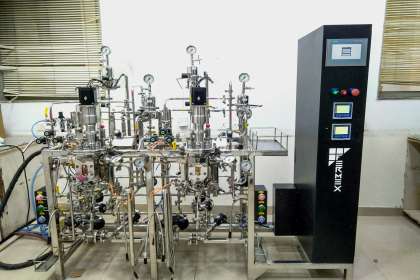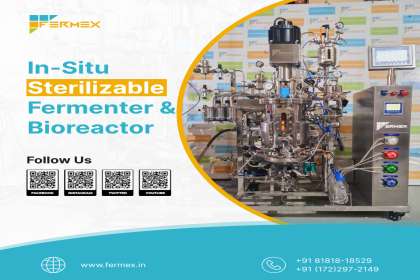
Introduction
In the ever-evolving landscape of medicine, the advent of biopharmaceuticals has revolutionized the way we approach the treatment of diseases. Biopharmaceuticals, also known as biologics, are pharmaceutical drugs derived from living organisms. Unlike traditional chemical-based drugs, biopharmaceuticals harness the power of proteins to target specific diseases with remarkable precision and efficacy. In this blog, we’ll explore the production of proteins in biopharmaceuticals and delve into how this ground-breaking technology is shaping the future of medicine.
The Significance of Proteins in Biopharmaceuticals
Proteins are fundamental building blocks of life, responsible for various essential functions in the human body. In the context of biopharmaceuticals, proteins play a central role as therapeutic agents due to their ability to interact with specific molecular targets involved in diseases. These proteins can be engineered to mimic or augment the body’s natural defense mechanisms, effectively combating diseases ranging from cancer and autoimmune disorders to rare genetic conditions.
Understanding the Production Process
The production of proteins in biopharmaceuticals is a complex and intricate process, involving cutting-edge technologies and rigorous quality control measures. Here’s an overview of the key steps involved in protein production:
1. Identification of Target Protein: The first step is to identify the specific protein that will serve as the therapeutic agent. Scientists extensively research and analyze the molecular targets associated with the disease to select the most promising candidate.
2. DNA Cloning: Once the target protein is identified, the gene responsible for producing it is cloned. This gene is inserted into a host organism, such as bacteria, yeast, or mammalian cells, which will act as a biological factory for protein production.
3. Cell Cultivation: The host organism is cultivated in specialized bioreactors under tightly controlled conditions. This involves providing the cells with the necessary nutrients and maintaining optimal growth conditions.
4. Protein Expression: As the host cells grow and divide, they produce the target protein using the inserted gene as a blueprint. This process is known as protein expression.
5. Purification: After protein expression, the desired protein must be isolated and purified from the cellular material. Multiple purification steps, including chromatography and filtration, are employed to achieve a highly pure and biologically active protein.
6. Quality Control: Rigorous quality control tests are conducted throughout the production process to ensure the safety, potency, and consistency of the final biopharmaceutical product.
Advantages of Protein-based Biopharmaceuticals
Protein-based biopharmaceuticals offer several advantages over traditional small-molecule drugs:
1. High Specificity: Proteins can be engineered to specifically target disease-causing molecules, reducing the risk of off-target effects and enhancing treatment precision.
2. Reduced Side Effects: Biopharmaceuticals tend to have lower toxicity and reduced side effects compared to chemical-based drugs, making them safer for patients.
3. Personalized Medicine: Advances in biopharmaceutical technology have opened the door to personalized medicine, where treatments can be tailored to an individual’s unique genetic makeup.
4. Increased Efficacy: Biopharmaceuticals often exhibit higher efficacy due to their ability to target disease pathways more accurately.
Conclusion
The production of proteins in biopharmaceuticals marks a paradigm shift in the field of medicine. As our understanding of genetics and protein engineering deepens, we can expect even more remarkable advancements in the development of targeted and personalized therapies. Biopharmaceuticals are opening new avenues for treating previously untreatable diseases and improving the lives of millions worldwide.
























